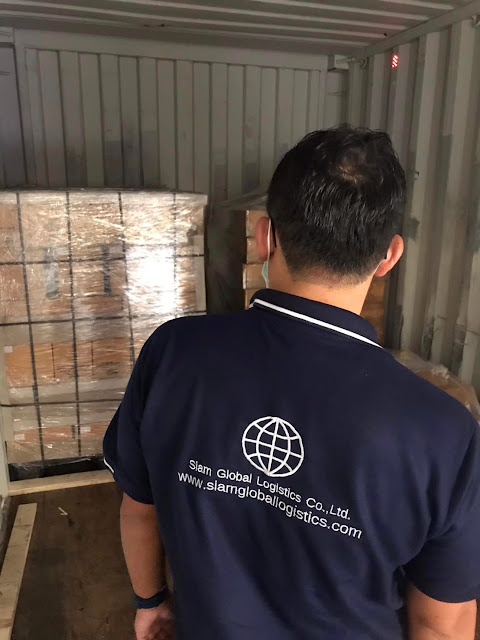Exporting products from Thailand involves several steps and procedures. Here's a general overview of the process:
1. Market Research: Conduct thorough market research to identify potential markets for your product and determine if there is demand. Consider factors such as competition, pricing, regulations, and cultural differences.
2. Product Adaptation: Ensure your product complies with the regulations and standards of the target market. Adapt it if necessary, considering packaging, labeling, language, and any required certifications.
3. Business Registration: Register your business in Thailand and obtain necessary licenses and permits for export. You may need to register with the Department of Business Development or other relevant government agencies.
4. Find Buyers or Distributors: Identify potential buyers or distributors in the target market. Attend trade shows, exhibitions, and business networking events to connect with potential partners. Utilize online platforms and engage in marketing and advertising activities to reach out to buyers.
5. Shipping and Logistics: Arrange transportation for your products. Choose reliable freight forwarders or shipping agents experienced in handling international shipments. They will help you with documentation, customs clearance, and shipping arrangements.
6. Customs Procedures: Familiarize yourself with the customs regulations and procedures of both Thailand and the importing country. Prepare all necessary export documentation, such as commercial invoices, packing lists, certificates of origin, and any specific documents required by the importing country.
7. Packaging and Labeling: Ensure your products are properly packaged and labeled according to international standards and the requirements of the importing country. Include product information, barcodes, warning labels, and any necessary translations.
8. Quality Control and Inspection: Perform quality control checks to ensure your products meet the required standards. If necessary, arrange for inspections by a third-party quality control agency to provide certification and assurance to buyers.
9. Export Documentation: Prepare all the required export documents, including a commercial invoice, bill of lading, certificate of origin, packing list, and any additional documents required by the importing country or specific products.
10. Customs Clearance: Work closely with your freight forwarder or customs agent to ensure smooth customs clearance in both Thailand and the destination country. Provide all necessary documentation and information to facilitate the process.
11. Payment and Finance: Determine the payment terms and methods with your buyers. Consider using secure methods such as letters of credit or escrow services to minimize payment risks. Explore financing options, such as export credit insurance or export financing programs, if needed.
12. Shipment and Tracking: Coordinate with your shipping agent to ensure timely shipment and track the progress of your goods. Communicate with the buyer regarding delivery schedules and any special requirements.
Remember that specific regulations and procedures may vary depending on the nature of your product, destination country, and other factors. It is recommended to consult with trade associations, export promotion agencies, or legal experts specializing in international trade to ensure compliance with all relevant laws and regulations.


Comments
Post a Comment